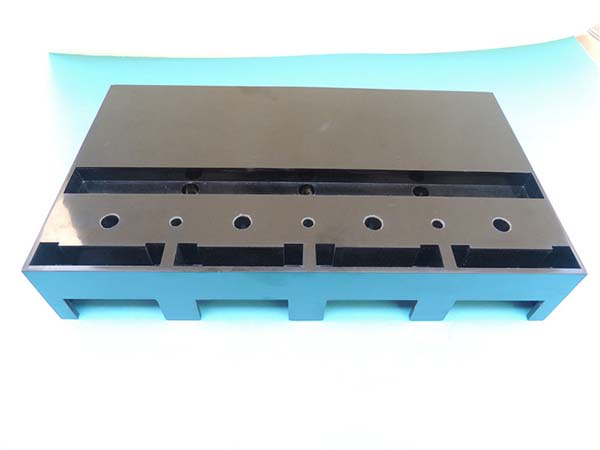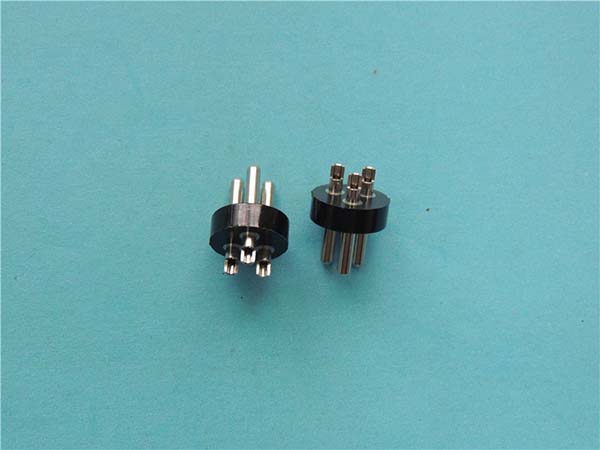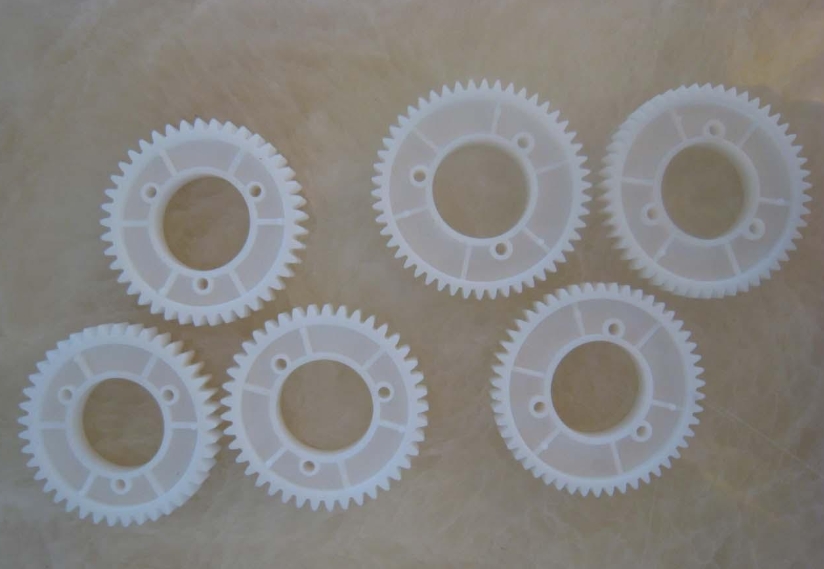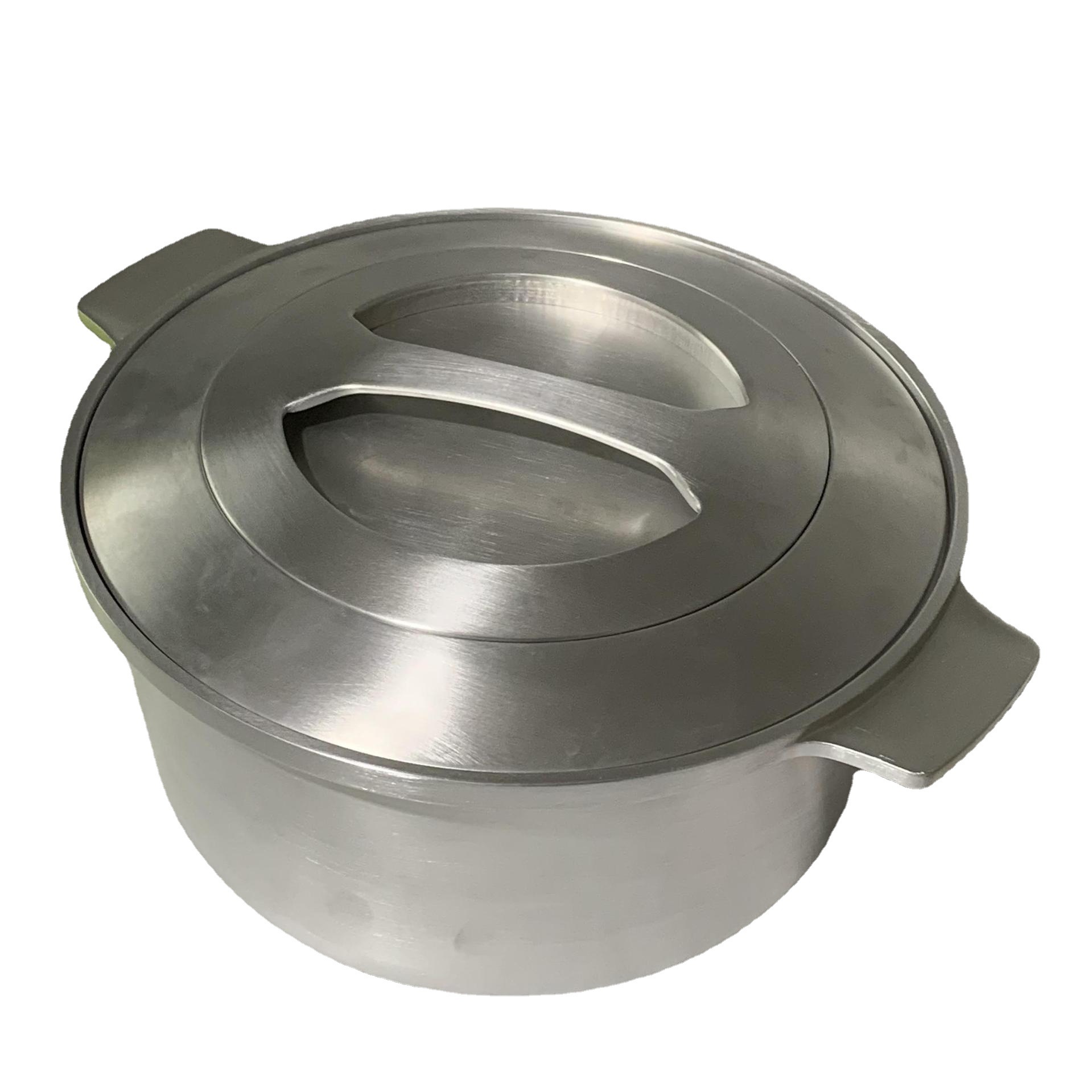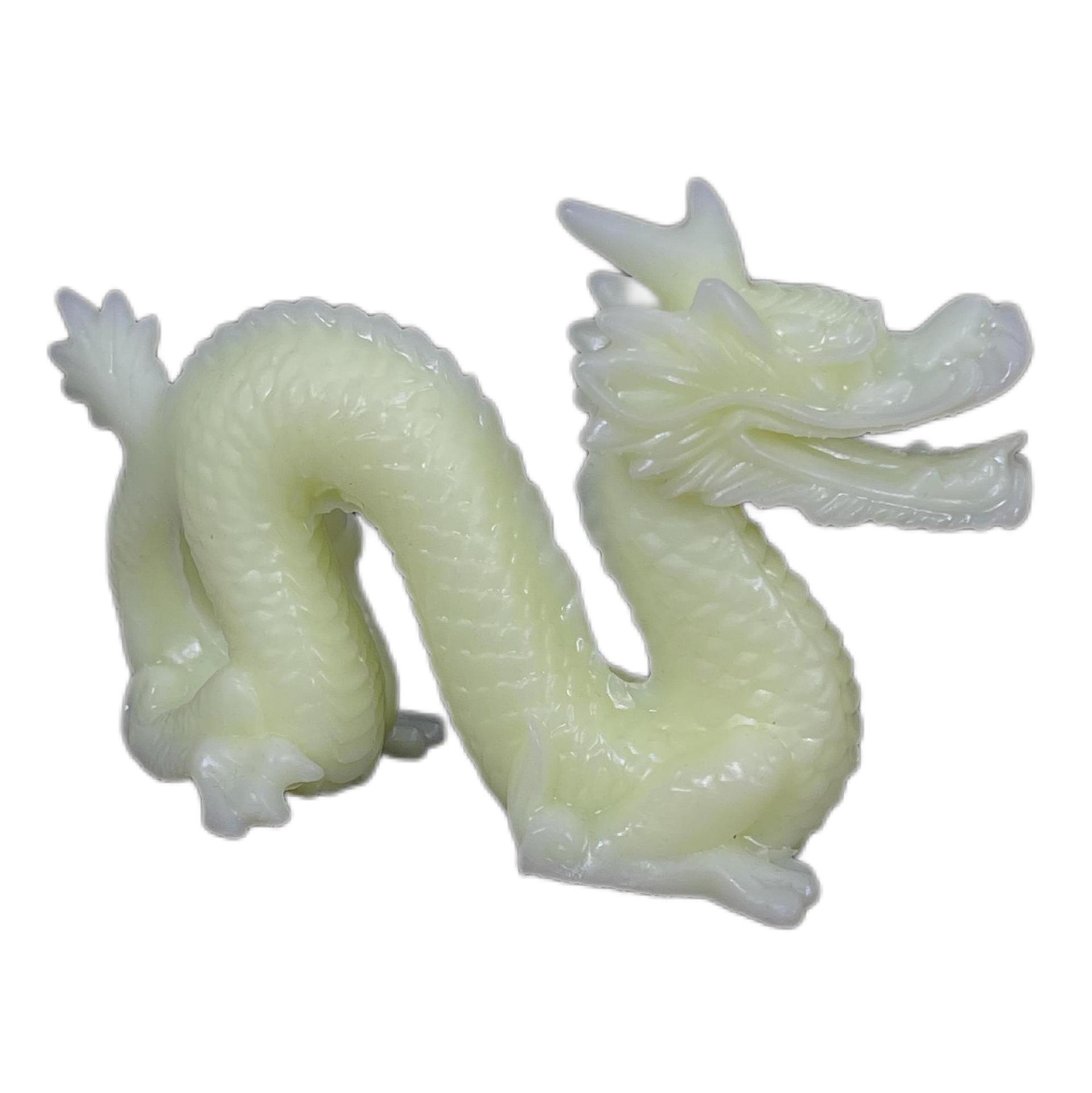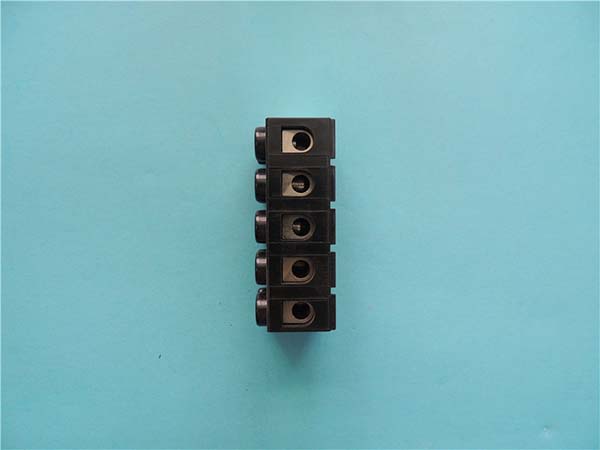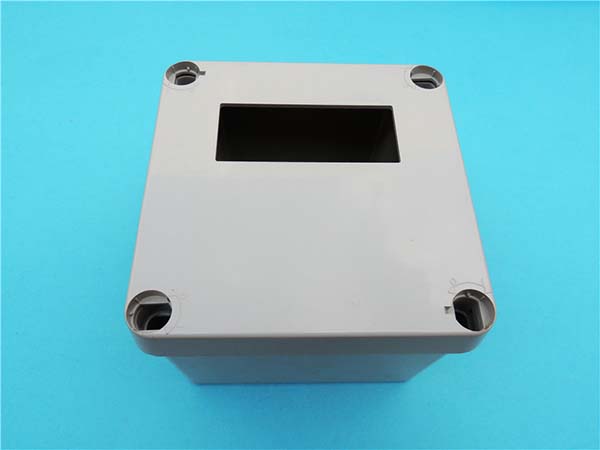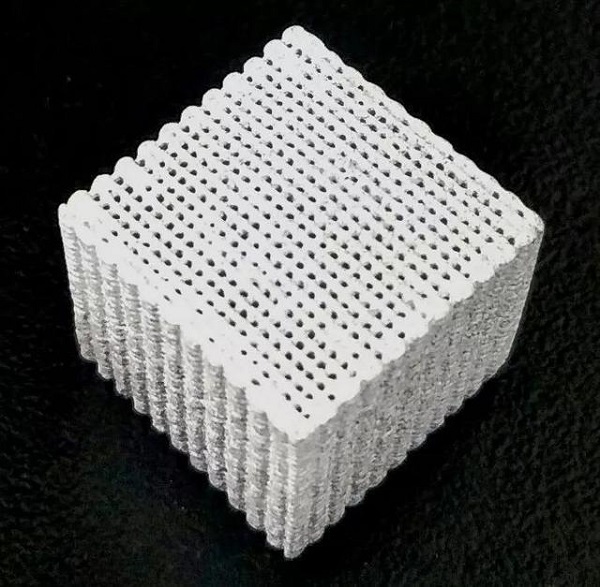Understanding 3D Printing Surface Finish
3D printing surface finish refers to the texture and appearance of the outer layer of a 3D - printed object. It's not just about how the object looks; it's also crucial for its functionality.
In the medical field, a smooth 3D - printed implant surface finish is vital. Rough surfaces could potentially cause inflammation or interfere with the body's natural healing processes. For example, a 3D - printed hip implant with a poor surface finish might lead to discomfort for the patient and could even increase the risk of implant failure. According to a study in the Journal of Biomedical Materials Research, the surface finish of 3D - printed medical devices can significantly impact cell adhesion and proliferation, which are key factors in the success of implants.
In manufacturing, surface finish affects product performance. In aerospace components, a precise and smooth surface finish reduces air resistance. A rough - finished part on an aircraft wing could disrupt the airflow, increasing fuel consumption. Research by Boeing has shown that improving the surface finish of certain aircraft components can lead to a 2 - 5% reduction in fuel consumption, which is a significant saving considering the high cost of aviation fuel.
For art design, surface finish is all about aesthetics. A 3D - printed sculpture with a high - gloss finish will have a completely different visual impact compared to one with a matte or textured finish. Artists often use different surface finishes to evoke specific emotions or to create a particular style. For instance, a matte finish might give a more rustic or organic feel, while a high - gloss finish can make a piece look more modern and sleek.
Factors Affecting 3D Printing Surface Finish
Printer - Related Factors
The type of 3D printer plays a significant role in surface finish. Here are some common 3D printing technologies and their impact on surface finish, presented in a comparison table:
| 3D Printing Technology | Precision | Material Applicability | Cost | Surface Finish |
| FDM (Fused Deposition Modeling) | Moderate. Usually has a layer resolution in the range of 0.1 - 0.4mm. | Mainly thermoplastics like ABS, PLA. | Low - cost entry - level printers are available. | Relatively rough. The extrusion of filaments creates visible layer lines. |
| SLA (Stereolithography Apparatus) | High. Can achieve layer resolutions as low as 0.025mm. | Liquid 光敏 resins. | Medium to high cost, considering the price of the printer and resin materials. | Smooth. The curing of liquid resin by UV light results in a relatively smooth surface with fine details. |
| SLS (Selective Laser Sintering) | Medium. Depends on the powder material and equipment, typically around 0.1 - 0.2mm. | Various powder materials including nylon, metal, and ceramic powders. | High cost due to the need for high - power lasers and specific powder materials. | Slightly rough. The sintering process may leave a porous structure, making the surface feel a bit "grainy". |
For example, an FDM - printed plastic toy may have visible horizontal lines on its surface due to the layer - by - layer extrusion of the plastic filament. In contrast, an SLA - printed jewelry prototype can have a smooth and detailed surface, suitable for high - end product display.
Material - Related Factors
Different materials also affect the 3D printing surface finish.
- Plastics: PLA is a popular FDM - printing plastic. It has a relatively smooth surface when printed properly, but layer lines are still visible. ABS, another common plastic, can have a more glossy finish if the printing temperature and speed are well - tuned. However, it may also be more prone to warping, which can affect the surface quality.
- Metals: Metal 3D - printed parts often have a rough, granular surface after printing due to the nature of the powder - based or wire - based printing processes. For instance, parts printed using metal powder sintering may have a surface similar to a sand - blasted finish, which might require additional post - processing like polishing or machining to achieve a smooth surface.
- Ceramics: Ceramic 3D printing usually results in a rough surface as well. The ceramic powders need to be sintered after printing, and the sintering process can cause shrinkage and surface irregularities. A 3D - printed ceramic vase may have a matte, textured surface straight out of the printer.
Design - Related Factors
The design of the 3D model has a direct bearing on the surface finish.
- Wall Thickness: If the wall thickness is too thin, it can be difficult for the printer to deposit the material evenly, leading to a rough or inconsistent surface. For example, a wall thickness of less than 1mm in an FDM - printed part may cause the extruded filament to sag or not bond properly.
- Support Structure: Supports are often necessary for overhanging parts. However, if not designed or removed carefully, they can leave marks on the surface. In SLA printing, the supports are typically made of the same resin as the model. When removed, they may leave small bumps or pits on the surface.
- Surface Curvature: High - curvature surfaces can be challenging to print smoothly. In FDM printing, sharp curves may result in more visible layer lines as the printer has to change the extrusion direction rapidly. For example, a spherical object printed with FDM may have more pronounced layer lines compared to a flat - surfaced object.
To optimize the design for better surface finish, designers should ensure sufficient wall thickness (usually 1.5 - 2mm or more for FDM), carefully design and position support structures, and consider the curvature of the model. Using software tools to analyze and adjust the model before printing can also help in achieving a better surface finish.
Yigu Technology's View
As a non - standard plastic metal products custom Supplier, Yigu Technology deeply understands the significance of 3D printing surface finish. With years of experience in customizing non - standard products, we know that a high - quality surface finish can make a huge difference in the performance and marketability of our products.
We have been constantly exploring and applying advanced technologies to improve the surface finish of 3D - printed parts. For plastic products, we optimize the printing parameters based on different plastic materials to minimize layer lines and achieve a smooth surface. When it comes to metal products, we combine post - processing techniques like polishing and electroplating with precise 3D printing to obtain a perfect surface finish that meets the strictest industrial standards. Our commitment to quality and innovation in 3D printing surface finish allows us to provide our customers with products that not only look great but also function flawlessly.
FAQ
Q1: How can I improve the surface finish of my FDM 3D - printed parts?
A1: You can try several methods. First, reduce the layer height; a lower layer height (e.g., 0.1mm instead of 0.2mm) can make layer lines less visible. Second, adjust the printing temperature. For materials like PLA, a slightly higher but appropriate temperature can improve the flow of the filament and result in a smoother surface. Third, use a brim or raft. This can help with adhesion and reduce warping, which in turn can contribute to a better surface finish.
Q2: Is it possible to achieve a mirror - like surface finish with 3D printing?
A2: While it's challenging to achieve a perfect mirror - like finish directly from 3D printing, it can be approximated through post - processing. For SLA - printed resin parts, sanding with progressively finer grits of sandpaper followed by polishing with a polishing compound can get very close to a mirror - like finish. For metal parts, electroplating after proper surface preparation can also give a highly reflective surface.
Q3: Does the color of the 3D - printing material affect the surface finish?
A3: In most cases, the color of the material itself does not directly affect the surface finish. However, some colored materials may have slightly different chemical compositions or additives. For example, certain pigments in colored plastics might influence the melting and flowing characteristics during printing a little bit. But overall, as long as the printing parameters are well - tuned for the base material, the impact on surface finish due to color is minimal.
